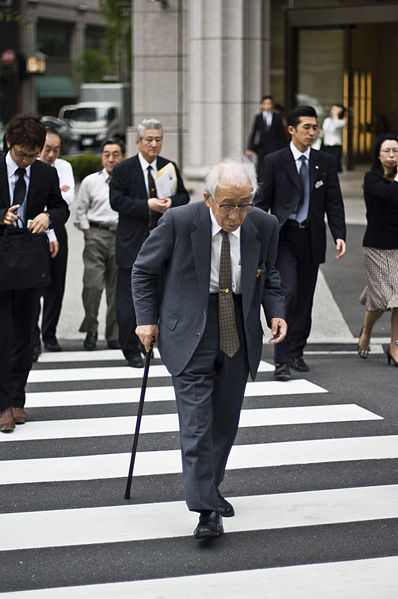Designing better products for an aging global population


HONG KONG — “By the year 2030, there will be 2 billion people on this planet over the age of 60,” said Kim Walker, founder and C.E.O. of Singapore-based Silver Group, speaking at a TEDx event in Hong Kong last week.
The company is a consultancy that helps brands evaluate and improve their products for older customers, defined as those who are over 50, and Walker, age 57, made a compelling appeal to businesses to take a close look how “age friendly” they are.
Record portions of the global population will soon be confronting the physiological effects of aging, like worsening eyesight and hearing, arthritis, changing cognitive skills, and loss of taste buds, flexibility and strength. “These things are going to influences the places where we live and work. They are definitely going to have an impact as the world ages,” Walker said.
The Asia-Pacific region in particular, Walker said, has the world’s oldest population (Japan), the largest group of elderly people (China) and the fastest-aging countries (China, South Korea, Taiwan, Hong Kong and Singapore).
To illustrate the effect of this phenomenon, Silver’s website links to a recent Bloomberg article that reports sales of adult diapers in Japan exceeded those for babies for the first time last year.
Walker added that older people’s power as consumers will grow more dramatically than that of other age groups, citing a report by MasterCard that predicts three years from now, people across Asia-Pacific aged 65 or older will spend $2 trillion per year.
As businesses are seeking to accommodate this growing demographic, Silver developed an audit tool that is essentially 200 questions that companies can answer about their products, as they pertain to 25 physiological changes that come with age, which then yields a score to indicate how “age friendly” they are.
Walker gave an example of a high-end hotel in Singapore that received a low score: the hallway signage was in low-contrast colors, the room’s complex light switches were attached to finely printed instructions, computers in the lobby required users to stand.
“I know what you’re thinking: I want to transform this whole world into something that’s dumbed down for really old people,” Walker said. “No, it’s not. A brand doesn’t have to lose its supercoolness just because it’s age friendly.”
He said Apple’s iPad is one product that scores high on the audit.
“I’m not talking about bright lights, huge signs, get rid of all steps — no. My definition of age-friendly is when the unique physical needs of older people are satisfied in a way that’s natural and beneficial for all ages,” Walker said.
“If you design for the young, you will exclude the old. If you design for the old, you’ll include everybody, and to me that makes a lot of sense.”
Photo: Wikimedia Commons/Gabriel Synnaeve
This post was originally published on Smartplanet.com